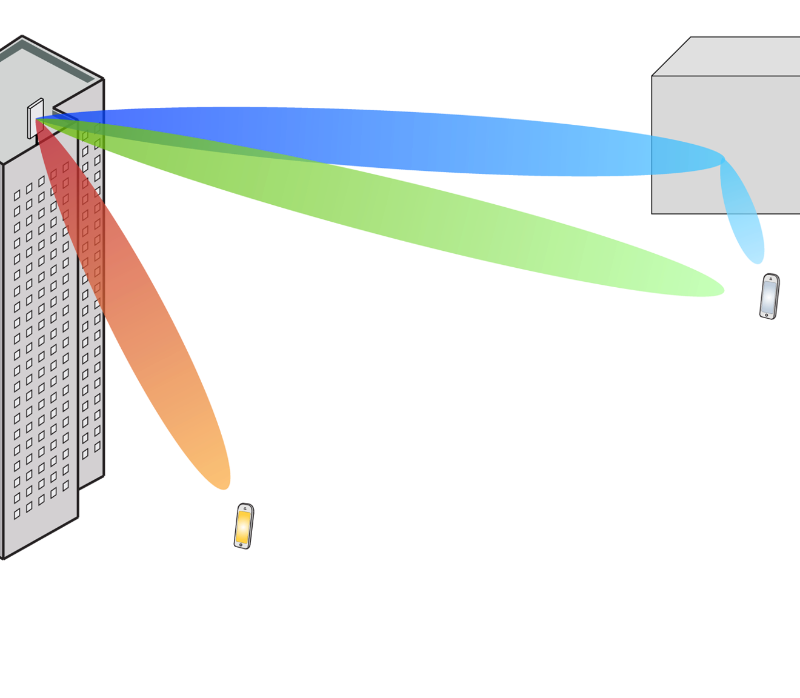9 lectures, each consisting of around 45 min videos to watch in advance and 90 min of examples and discussions in class.
6 homework sets with around 5 exercises each. Written solutions are handed in and the solutionsa re discussed in a seminar session.
2 lab exercises that each is expected to take around 5 hours to solve.
Fundamental limits: Capacity behavior as power or bandwidth increases. Examples of practical systems that are power and bandwidth limited. Orthogonal versus non-orthogonal transmission in scenarios with multiple users.
Basic multiple antenna channels: Array gain, capacity of channels with multiple antennas at one side. Modeling of multi‐antenna channel responses.
Fading channels: Rayleigh fading channels, outage capacity, diversity, channel coherence, ergodic capacity.
Point‐to‐point MIMO: Capacity of channels with multiple antennas at both sides, multiplexing gain, spatial degrees of freedom.
Uplink multi‐user MIMO: Uplink capacity, non‐linear and linear detection, channel estimation, capacity bounds in systems with many antennas.
Downlink multi‐user MIMO: Linear precoding, capacity bounds in systems with many antennas, differences and similarities between uplink and downlink.
Power control: Rate region, typical operating points, basic power allocation formulations.
Cellular networks: Engineering aspects of applying multiple antenna techniques in cellular networks, including reuse strategies, pilot contamination, and interference management.
After passing the course, the student should
- be able to describe, apply, and analyze the fundamental limitations when using the wireless medium for communications; in particular, the relations between channel capacity, channel coherence, spatial degrees of freedom, transmission power, pilot contamination, and bandwidth.
- be able to apply multiple antenna techniques to achieve high capacity in point‐to‐point as well as multi‐user communications, as well as being able to examine and interpret the results.
- with high precision be able to formulate and solve engineering oriented problems regarding the achievable performance and limits of multiple antenna communications.
- be able to utilize power control and other resource management parameters to design communication systems that meet given service requirements on spectral efficiency and energy efficiency.
- be able to implement, validate and compare the main theoretic multiple antenna concepts via computer simulations.
